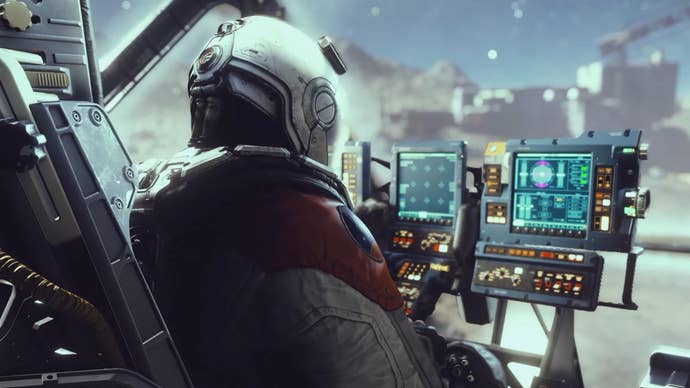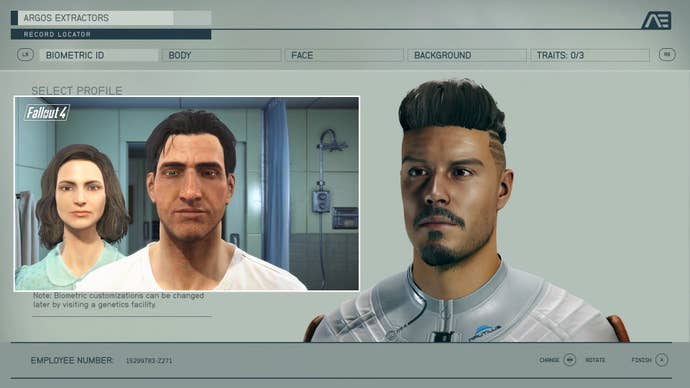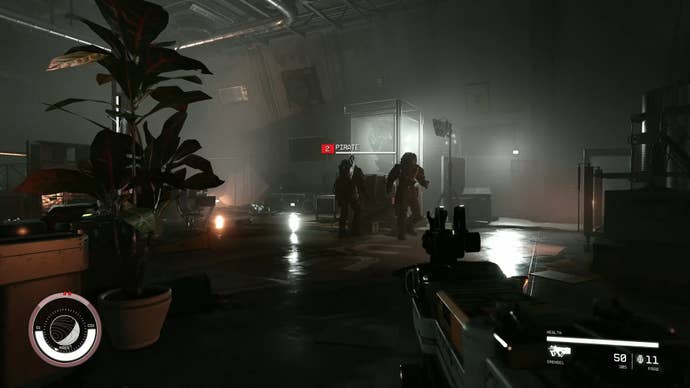Next-gen scale, but what about performance?
Let’s start with rendering resolution - the trailer is presented at native 4K but shots vary in clarity.
In general, atmospheric rendering appears reasonably robust from what we can see in this demo.

Inside, things are different - large-scale shadows, which were low-res and grainy outdoors, become crisply-defined internally.
This does raise one interesting omission - the lack of reflections.
At best, we see basic cube maps.

There are a lot of positive elements here too.
Weapons, for instance, look fantastic.
Enemy animation is generally much better as well.

The only thing missing is per-object motion blur on weapons and enemies.
Beyond these minor points though, there’s a big boost to animation quality.
Conversations in Fallout 4 featured stiff and even ugly animations, while Starfield seems far more elegant in comparison.

Imagine getting up from the captain’s chair to explore the ship, while managing resources and systems alike.
I think this could make the journey between planets more engaging and challenging.
There are a few other tech critiques worth mentioning too, namely the game’s indirect lighting.
Ray-traced global illumination would work well here, but has a heavy performance cost.
This is a difficult problem to solve when building a game on this scale.
Then there’s performance.
So can you land on a planet and make your way to a large city without loading screens?
I hope we’ll find out soon.
Starfield also showcases structures and scale unlike anything they’ve built in the past.
If the gameplay structure properly supports this, it could be fascinating.
Even as someone largely burnt out on open world games, I’m highly intrigued by Starfield.